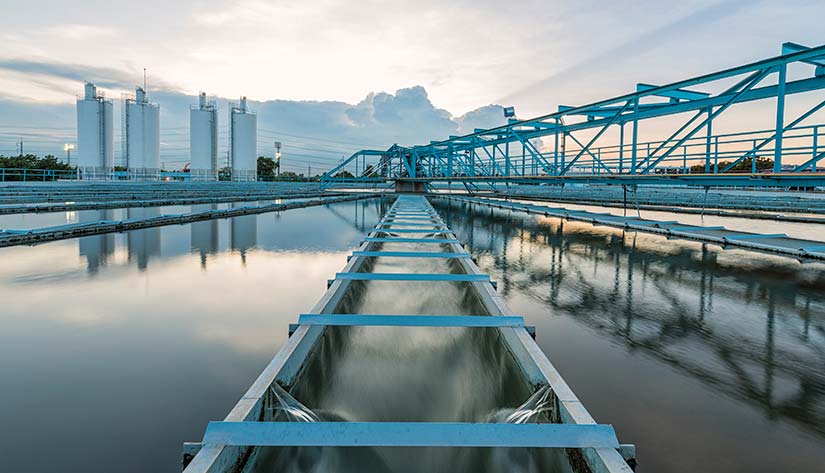WESyS: the Open-Source Waste-to-Energy System Simulation Model
WESyS Simulates the Possible Evolution of the U.S. Waste-To-Energy Industry Based on Industrial, Technological, and Incentive-Related Factors

The National Renewable Energy Laboratory (NREL) has added a new model to its collection of open-source data and tools: the Waste-to-Energy System Simulation (WESyS) Model, which supports analysis of the development of waste-to-energy (WTE) technologies.
The process of generating energy in the form of electricity or heat from the incineration of waste has been used for over a century. The nation’s first garbage incinerator was built by the U.S. Army in 1885 in New York City. The same year, Allegheny, Pennsylvania, built the first municipal incinerator.
Today, the total annual energy potential of wet and gaseous waste resources in the United States is more than 2.3 quadrillion British thermal units, or about 8% of the energy used by the U.S. transportation sector in 2018.
Leveraging WTE technologies could add revenue for waste disposal operations and support economic and environmental goals at the local, state, and national levels. However, for reasons yet to be understood, many WTE technologies have struggled to make it to commercial scale.
WESyS is a first-of-its-kind tool designed to gain insight into the WTE industry and help identify where bottlenecks are occurring in technology advancements, so national government agencies, industry trade groups, utilities, state-level decision-makers, and water resource organizations can understand where to invest in research. The tool can also help examine how the waste-to-energy industry fits into the larger energy system to help meet growing energy demands and manage increasing waste.
System Dynamics Framework
WESyS simulates the development of the three primary waste resources—landfills, concentrated animal feeding operations, and publicly owned treatment works—and represents seven WTE technologies, six of which are commercially available. WESyS is split geographically between California and the rest of the United States.
The model uses a system dynamics framework to consider the many physical and social components that impact the industry’s evolution over time.
Decisions by facility operators and investors are simulated so users can analyze future scenarios and explore how individual parts of the system might influence the buildout of the WTE industry. Users can see how the various components interact and respond to a range of regulatory and techno-economic and market conditions.
This approach provides a tool set for representing key physical components and decision processes associated with industry evolution; serves as a vehicle for incorporating multiple perspectives, data, and assumptions; and creates a process for analyzing the industry.
Waste Resource Modules
WESyS includes eight modules: six resource modules that define waste resource dynamics for two regions in the United States and two modules (Global Inputs and Global Outputs) that manage the input and output data. The Global Inputs Module also models learning dynamics for technologies that are not yet commercially mature (currently, fuel via hydrothermal liquefaction is the only immature technology modeled in WESyS).
Within each module, the model performs calculations to estimate the potential amount of energy that could be produced from each type of waste resource and assess the expected revenue for each technology configuration to ultimately calculate the overall value of each considered WTE technology configuration. These calculations are supported by eight submodules that factor in investments, incentives, and more.
WESyS is not intended to inform site-specific investment decisions, but rather to support analysis of market growth, resource utilization, and technological learning. The model can answer questions like: Which combination of incentives might support sustained growth of the WTE industry? Which waste resources might realistically contribute to energy production in different regions of the United States? And how much energy potential do these resources have?
WESyS is supported by the Bioenergy Technologies Office within the U.S. Department of Energy’s Office of Energy Efficiency and Renewable Energy.
For more information about WESyS, read the NREL technical report, An Overview of the Waste-to-Energy System Simulation Model.
Explore more energy analysis data and tools.
Last Updated May 28, 2025
